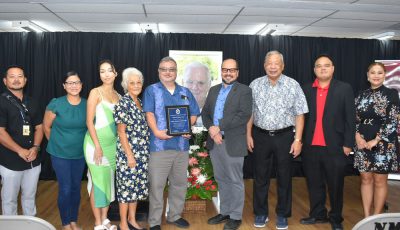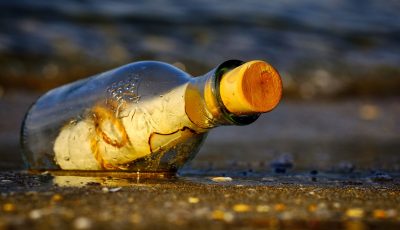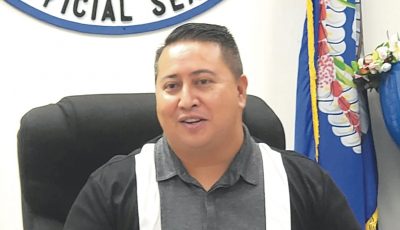96 surviving shearwater chicks on Managaha
Over a decade ago, the Division of Fish and Wildlife began efforts to rehabilitate the nesting sites for the wedge-tail shearwater birds on Managaha. That effort has produced a remarkable survival rate for the birds.
Gov. Ralph DLG Torres noted that in 2014, a total of 86 young wedge-tail birds hatched on Managaha.
“And now, three years later, the number continues to increase,” he said.
Torres pointed out that Saipan represents only a fraction of the variety of bird and plant species in the Commonwealth.
“I want to continue emphasizing that expanding conservation efforts of our lands and waters is important and the success of these strategies is increasingly evident. Lasting efforts do work over time and we must continue to look at all our resources to strengthen this upward trend,” Torres said.
According to acting Lands and Natural Resources secretary Anthony Benavente, the wedge-tail shearwater is cousin to the albatross and has a dark-brown or gray-brown top, with a white underside, making it one of the rarest species on Saipan.
“We’ve monitored 170 active nests which produced 96 surviving chicks—the highest total to date since the project began. Now we see these birds growing up to more than one foot long with a wingspan of over three feet, spending most of their time away from land and returning only to breed,” he said.
He noted that the colony on Managaha was confirmed in 2000 and is the only known nesting site in the Northern Mariana Islands.
“DFW’s conservation efforts have been very fruitful and our bird species continues on an upswing. With regular monitoring and community outreach, we are pleased with the results and will continue to apply these strategies throughout our other programs,” he said.




























